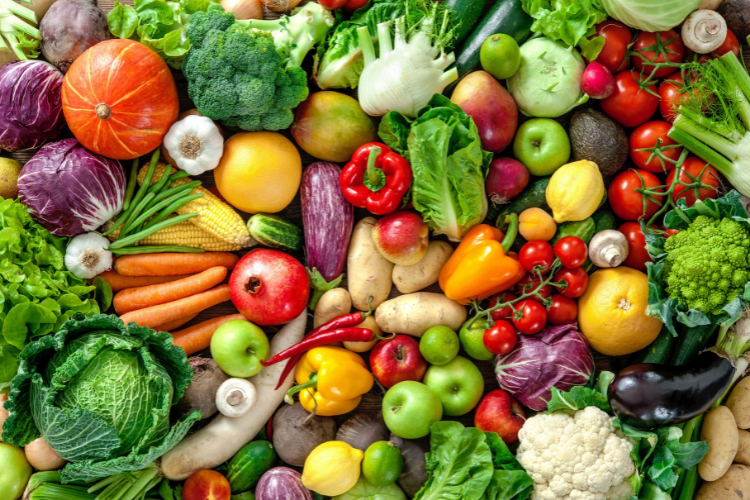Top tips on how to follow a plant-based diet this Veganuary

Last year was the most successful Veganuary to date, with a record 582,000 people pledging to go plant-based for the month of January.
However, as we head into Veganuary 2022, many are still confused about what the real difference is between plant-based and veganism, or if there is one at all, and what are the health benefits that come with following such a diet?
Merchant Gourmet – the healthy, plant-based pulses and grains brand – is passionate about plants and is on a mission to debunk the myths and educate Brits on how easy it is to follow a plant-based diet, and as a result have a positive impact on their health and planet.
The key difference is that veganism includes avoiding animal products of any kind, including clothing, whilst plant-based usually refers to diet only[1].
The plant-based movement began with veganism but has since expanded to include people who make dietary choices to minimise harm to the environment and maximise their health[2], but are not necessarily vegans.
Sian Porter, Merchant Gourmet’s nutritionist, comments: “Studies have shown that eating more plant-based foods, including more fruit, vegetables and wholegrains, and reducing red and processed meat consumption, can not only help the environment but your health too.”[3][4]
“Eating plant-based is healthy, balanced and tasty if you include a variety of ingredients that provide a range of nutrients and if you make suitable healthy choices. It’s worth remembering though, any healthy diet depends on which foods and drinks are included, how often they’re consumed and in what amounts. It’s best to minimise foods that are high in salts, saturated fats and added sugars, and look to eat mostly minimally processed plant-based foods and foods you have prepared”
With Veganuary proving to be as popular as ever this year, as many of us aim to get healthier and fitter, Sian Porter shares her top tips on how to make simple and easy swaps and eat more plant-based dishes:
Simply swap like for like to make classic meat dishes plant-based. For example, in dishes where you would use mince such as Bolognese or shepherd’s pie use lentils instead, chickpeas make an excellent alternative for chicken in meals such as curries, or beans thrown into a stew instead of the meat.
Don’t go straight for the processed ‘fake meat’ options as these can be high in saturated fats and salt. Instead, use lentils, beans and wholegrains to make delicious plant-based meals, and save time by using pre-cooked pouches such as Merchant Gourmet Puy Lentils.
To make sure you’re getting enough protein, include wholegrain ingredients such as quinoa, wheat berries, brown rice, beans, lentils, nuts, seeds, soya, as well as tofu.
A variety of protein foods should be spread throughout the day and included at each meal and snack. For example, fortified soya yogurt and wholegrains at breakfast, baked potatoes topped with flavoured lentils for lunch, a tofu and mushroom vegetable stir fry with mixed grains for an evening meal, and a handful of seeds and nuts as a snack alongside fruit and vegetables.
If you are including more plant-based food you’ll be increasing your fibre intake too which is a real positive for your health. Increase these foods gradually over several days and weeks so your digestive system has time to adjust and drink plenty of water as well.





